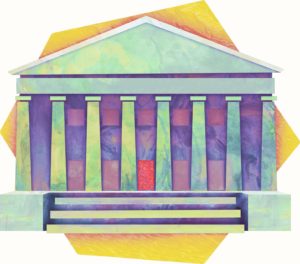This high school lesson plan uses the New York Times v Sullivan film as a foundation for examining the Civil Rights Movement, Freedom of the Press, and the First Amendment. Students will compare front page headlines during that time, read an Eleanor Roosevelt newspaper column as well as an excerpt from Supreme Court Justice Louis
Handout
Teachers will find standards-aligned lesson plans to accompany the videos in Annenberg Classroom. Lesson plans that teach critical thinking skills are also available.
69 resources available


